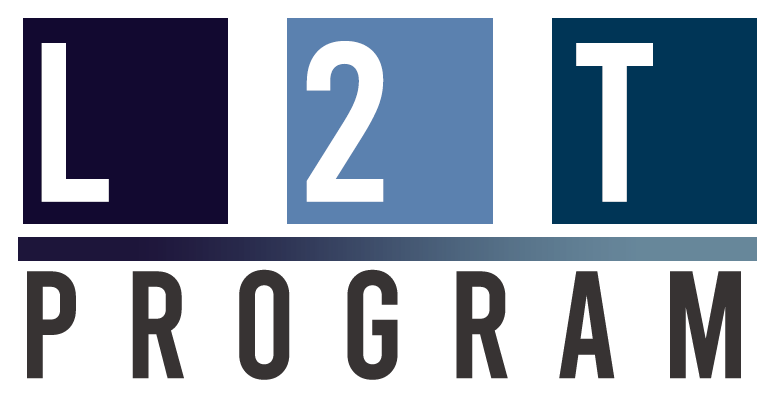Introduction

According to the World Health Organization (WHO), the proportion of international migrants compared to the global population increased by 49% between 2000 and 2017. The international migrant population — and specifically those who experienced trauma— tend to have more mental health disorders including depression, anxiety, and post-traumatic stress (PTS) than the general population1. When we factor in the U.S. withdrawal from Afghanistan, the war in Ukraine, and increasing tensions with China and Taiwan, as well as the compounding effects of the pandemic over the past few years, we are looking at a new stage of the global mental health crisis, especially as a consequence of the trauma induced by war.
Traumatic disorders evolve not only from the experience of a traumatic event itself, but the after-effects and the way a person subsequently adapts. In the case of refugees, the source of the trauma speaks for itself: these individuals are typically subjected to the horrors of war and are then caught in the limbo of displacement. However, individuals will deal with and adapt to these experiences less uniformly. When trauma is unresolved, an individual’s mind is left vulnerable to a range of context-dependent triggers, negatively impacting both mental and physical health.
To combat this growing, complex trend, new approaches to mental health and trauma recovery need to be explored. These approaches must be both sustainable and scalable. This means they must be responsive to varying needs within a community, adaptable to different populations and cultures, and accessible during all stages of migration/relocation.
To account for all these factors, it is imperative that future initiatives incorporate the perspectives, experiences, and cultures of the intended beneficiaries. Both WHO and the UN emphasize the importance of including refugee voices in the research, design, and implementation phases of a trauma recovery initiative. This collaborative dynamic enables stakeholders to address appropriately the unique needs of a refugee community in a culturally competent and mindful way. It also helps Mental Health Workers (MHWS) and refugees to begin building trust within that specific community and establishing resident champions for the program.
A key challenge to this problem set is the propensity of migrant populations to move — by choice or necessity — resulting in disrupted care and decreased access to an already limited number of MHWs. One emerging solution is the use of smartphones to deliver telehealth and e-mental health services. The 2017 Global Mental Health Report, produced by WHO, identified mobile technologies as a potential intervention point for trauma survivors in low- and middle-income countries (LMICs) to address multiple disorders in a scalable, cost-effective manner. While this method is not meant to replace the physical presence and care of trained MHWs, it does address the need for continuity of care for refugee populations as they transition from their native country to their host countries and during any intra-country movement. Additionally, eMentalHealth has experienced significant growth and recognition globally as a result of the pandemic. As such, there are more platforms, studies, and legislation in place to support mobile technologies as a viable mental health service.
The mission of the Learning2Thrive (L2T) Program is to make this vision possible. It represents a new approach to developing, delivering, and evaluating mental health services. L2T is an Innovation Research Lab platform that provides a virtual apothecary of mental health program options for adaptation and implementation by local MHWs and paraprofessionals. L2T provides multilingual tools that enable refugees and local MHWs to collaboratively design and refine recovery programs for diverse populations using a multitude of evidence-based interventions available within the platform.
As recovery programs are built and evolve and the body of evidence-based research grows, so does the L2T apothecary. In this way, L2T can span multiple communities, countries, and problem sets beyond just refugee trauma into more general national mental health programs where none exists. With time, L2T as an Innovation Lab can be leveraged across various emotionally demanding situations and transitions to include military service, disaster relief, student mental health, and mission work.
L2T also fosters the integration of mental health services into the existing medical program infrastructure of LMICs by enabling local MHWs to create their own pilot studies to design, build, deploy, and test novel approaches to mental health programs based on local needs and circumstances. To support this, L2T uses a design framework of three interconnected portals that represent both a sequential and cyclical process: assess, design & build, and deploy.
As a sequence, MHWs and program champions first work together to assess the context in which they plan to deploy their pilot program and the issues they wish to address. Next, based on feedback gathered during the initial assessment process, the team leverages the L2T Design & Build tools to design a contextually relevant and culturally competent intervention, referencing the L2T apothecary to combine experiential and cognitive exercises and initiatives. Finally, as a cycle, the team uses its context assessment feedback to deploy and assess its pilot program in an appropriate way. This iterative approach allows MHWs and refugees to simultaneously learn from each other about the contexts in which certain exercises do and do not work, ultimately resulting in more informed and sustainable programs that are scalable across countries, languages, and circumstances.
The sequential, cyclical nature of the L2T framework also applies to individual program groups. Using the L2T approach, participants can advance through a program while revisiting concepts, gaining self-awareness around trauma and triggers, building relationships, and strengthening the sense of community. This will foster organic growth while promoting feelings of connection and safety.
L2T emphasizes the following factors when building a program:
- Keep the focus on helping refugees to define their own cultural concepts of trauma
- Identify the syntax and vocabulary refugees use to articulate their trauma
- Use the design and build tools to iterate and adapt the interventions based on evolving needs, cultural nuances, and learning.
